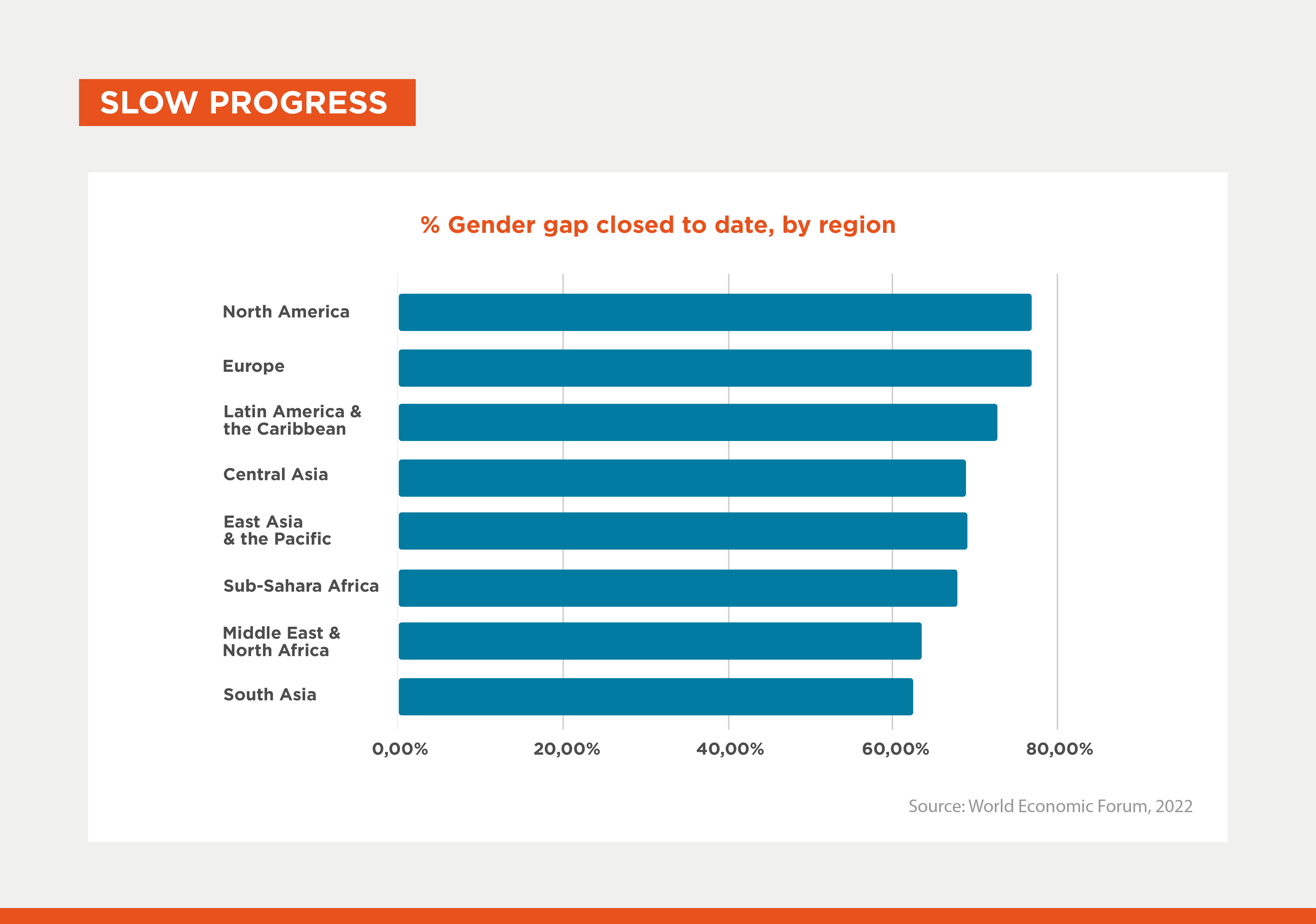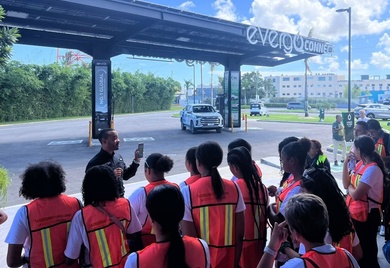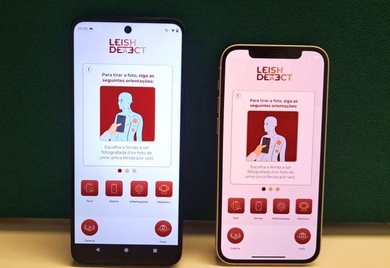The New Gender Gaps Brought about by Technological Innovation and How to Avoid Them

Among the new technology applications, GPT chat continues to hit the headlines. It is an artificial intelligence tool capable of explaining topics, translating, writing its own papers, and even holding conversations. By using readily available information, however, it creates gender biases.
A clear example of that is given by Ivana Bartoletti, Director of Women Leading in AI, who shared on Twitter the story that Chat GPT-4 had written about a girl and a boy choosing a college program. The boy said, “I don’t think I could handle the creativity and emotion of a fine arts program. I want to work with logical and concrete ideas,” whereas the girl stated that she was considering a Fine Arts degree and that “I don’t think I could handle the technicalities and numbers in an engineering program.”
Chat GPT, therefore, replicated the persistent gender gap of girls in science and math that we are trying to close.

The newly emerging applications are a vital part of an innovative ecosystem and of what is known as the creative economy or orange economy. This ecosystem presents further and better opportunities for women. In fact, a 2022 United Nations study indicates that the cultural and creative sectors together account for 6.2% of employment, or nearly 50 million jobs worldwide.
Additionally, global creative goods exports have increased by more than $110 million over the last decade, while creative services exports almost tripled during the same period—from $487 billion to almost $1.1 trillion. In fact, this could provide a unique opportunity for Latin America and the Caribbean, as suggested by the UN study. By way of example, South-South trade in creative goods has grown nearly twice as much in the last two decades.
According to UNESCO, the Latin American female labor participation in the creative economy has reached 50%, showing that value is being added in the region and that jobs are being created in an equitable manner.
Despite the optimistic outlook, it should be noted that the most revolutionary innovations, particularly in the innovation sector, are still reinforcing gender stereotypes, such as the Chat GPT case mentioned above and the NFTs. Another important bias-perpetuating technology is Web 3.0.
The third generation of Internet services (Web3 or Web 3.0) focuses on the use of a machine-based understanding of data, which could result in smarter, more connected and open data. This will change the way websites are built, while providing a more dynamic and interactive web experience for users. For this reason, it poses a gender problem that is already showing gaps.
From the beginning, Web 3.0 promised inclusion and equity in the industry. However, BCG X and People of Crypto Lab analyzed the gender diversity of founders and investors in Web 3.0 companies. From nearly 2,800 people around the world:
- Only 13% of Web3 startup founding teams include a woman, 10% of teams are diverse, and only 3% of companies have a team that is exclusively female.
- Women account for 27% of the workforce, but they are often clustered in non-technical roles, such as human resources and marketing.
- Regarding investors, all-male founding teams raised nearly four times as much money (almost $30 million), on average, as all-female teams ($8 million). There are no all-women founding teams in Web3 companies that have raised more than $100 million.
This imbalance has implications not only for businesses, but also for advancing representation, diversity and inclusion in this new Web3 space. In fact, newly developed applications involving the metaverse default to a cis-gender white male. Therefore, creating inclusive and bias-free technologies is vital to advance equity, which can only be achieved if more women and diverse populations are incorporated.
According to McKinsey Global Institute, all is not lost. Automation brought about by Web3 innovations or the different uses of artificial intelligence have the potential to achieve equity between men and women over the next decade. Depending on the pace of automation, one out of four working women today will need to transition to a new, high-skilled job. For this to happen, significant gaps need to be closed:
- Internet access: Women are 33% less likely to have Internet access, according to the World Wide Web Foundation.
- STEM learning programs: Women account for only 35% of science and technology graduates, according to UN Women.
- Technology workforce: Less than 20% of technology workers are women, according to McKinsey.
- Science and technology workforce: Less than 1.4% of women have jobs developing, maintaining or operating ICTs, compared to 5.5% of men, according to the OECD.
- Women entrepreneurs in technology: Only 10.9% of general managers or senior roles in the technology industry are women, according to Tech Jury.
- Business investments: Women-led businesses account for only 4.9% of capital investments in the sector, according to Tech Jury.
If gaps are not closed, the new technologies are highly likely to continue replicating, or even widening, existing gaps automatically. World Creativity and Innovation Day 2023 calls for creating inclusively, while including more women in new technological investments, as well as tech development and implementation.
LIKE WHAT YOU JUST READ?
Subscribe to our mailing list to stay informed on the latest IDB Invest news, blog posts, upcoming events, and to learn more about specific areas of interest.
Subscribe



